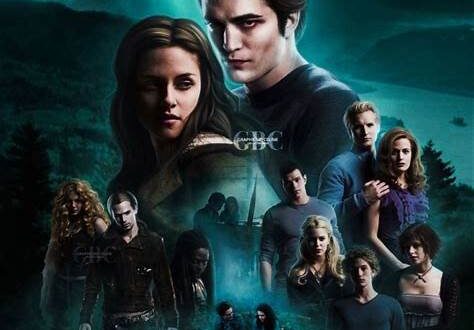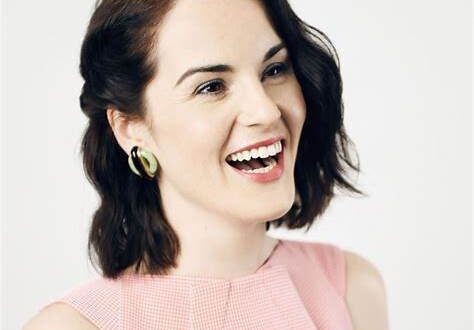Billy Zane has always been more interesting than the roles that first made him famous. People remember the swaggering villainy of “Titanic” or the pulpy charisma of “The Phantom,” but the real story is an artist who’s spent decades slipping between mediums, tones, and continents with the ease of someone who treats reinvention as a hobby rather than a crisis. Born in Chicago to Greek-American parents, he grew up with a sense of theater in his bloodstream and a curiosity that never really left. The on-screen presence—those feline eyes, that measured cadence—was there early, but what’s kept him vital has been the playfulness underneath, the willingness to be unexpected. Zane never looks bored, and that’s half the charm.
His career has been a long, deliberate refusal to be pinned down. He broke into the zeitgeist as the icy Cal Hockley, yes, but look at the edges of his filmography and you find the restless shape of a character actor disguised as a leading man. He’s done sleek noir, broad comedy, indie experiments, and international productions that would make a studio publicist sweat to summarize. In every register, he brings a sense of intention: a line read that purrs just a little, a raised eyebrow that complicates a moment you thought was simple. The best performances feel like he’s winking at the audience and the character at the same time—an awareness that he’s telling you a story and you’re smart enough to catch the layers.
That theatrical intelligence spilled naturally into painting and visual art, the other studio he’s built for himself. Zane paints the way he acts, with color and boldness, turning canvases into stagecraft and stagecraft into canvases. It explains the hands: those precise, conductor-like gestures that make even quiet scenes feel choreographed. He’s a formalist at heart—he likes shape, silhouette, entrance—but he’s also funny about it. If a scene needs a flourish, he’ll give you the flourish, and if it needs to breathe, he’ll step back and let air in. A surprising number of directors trust him with calibration, because he understands rhythm. He knows when the music should swell and when it should drop to a whisper.
What’s been especially satisfying lately is watching him move through mature roles with the confidence of a craftsman who knows his tools. There is a deepening in the voice, a teasing warmth that wasn’t always there, and an appetite for challenge that’s more about nuance than spectacle. He knows precisely how to occupy a frame—how to tilt toward the camera without crowding it, how to make silence feel conspiratorial. In a business that often mistakes volume for intensity, Zane still believes in the held note.
He’s also one of those rare performers who can elevate a scene partner without fading himself. Put him opposite a young actor and he gives them the space to glow. Put him with a heavyweight and he’ll spar graciously, landing the unexpected jab that turns the round. That generosity has made him quietly indispensable to ensembles: the catalytic presence you feel even when he isn’t talking, the gravitational pull that holds a sequence together. Long careers are built on that kind of reliability, the gift for making your colleagues better at their jobs.
If there is a through-line, it’s a delight in character. Zane collects oddballs the way some actors collect awards. He’ll find the one detail that shifts everything—an accent leaned a degree off-center, a laugh that lands late, a smile that means trouble—and suddenly you understand the person you’re looking at. He never begs you to like him, and that confidence makes you lean in. The villains are seductive, the heroes a little suspicious, and the eccentrics feel like people you’ve met on a long flight and can’t stop talking to.
He’s also cultivated an off-screen ease that makes the on-screen elegance feel earned. There’s a sense of humor about credit and blame, about what’s controllable in this business and what’s not. You see it when he’s painting in a sunlit studio one month and walking a red carpet the next, when he’s talking about a role with just enough mischief to remind you that illusion is the point. The industry’s roller coaster never seems to rattle him; he steps on and off with the posture of someone who knows the ride only works if you keep your head.
That poise has made the recent late-career accolades feel less like a comeback than a coronation of what was always there. The craft has sharpened, the choices feel choosier, and the screen presence—once defined by a razor’s edge—now carries a kind of lived-in warmth. It’s not that he’s softened; it’s that he’s learned how to fold tenderness into menace and wit into gravitas without telegraphing the change. You watch him now and you get the distinct pleasure of seeing an actor enjoy himself, which is rarer than it should be.
Fans who first met him as the charming cad have had the privilege of watching a full creative life unfold. The painter’s eye informing the actor’s choices, the world traveler’s curiosity animating the roles, the generous partner elevating every scene—these are the marks of a long game played beautifully. Zane has become one of those performers whose name on a call sheet makes you expect something interesting, at minimum; something indelible, more often than not.
And that may be the best summary of Billy Zane: interesting at minimum, indelible by habit. He’s never been afraid to be a little stylish, a little theatrical, a little wry; he’s never been allergic to risk. The result is a career that feels as curated as a gallery and as alive as a jazz set—disciplined, playful, and always worth your attention. If he turns up in a project, you lean forward. If he’s the star, you settle in and let the showmanship take over. Either way, the bet pays off, because Billy Zane has never forgotten that audiences come to be surprised, delighted, and a little seduced. He still knows how to do all three.




